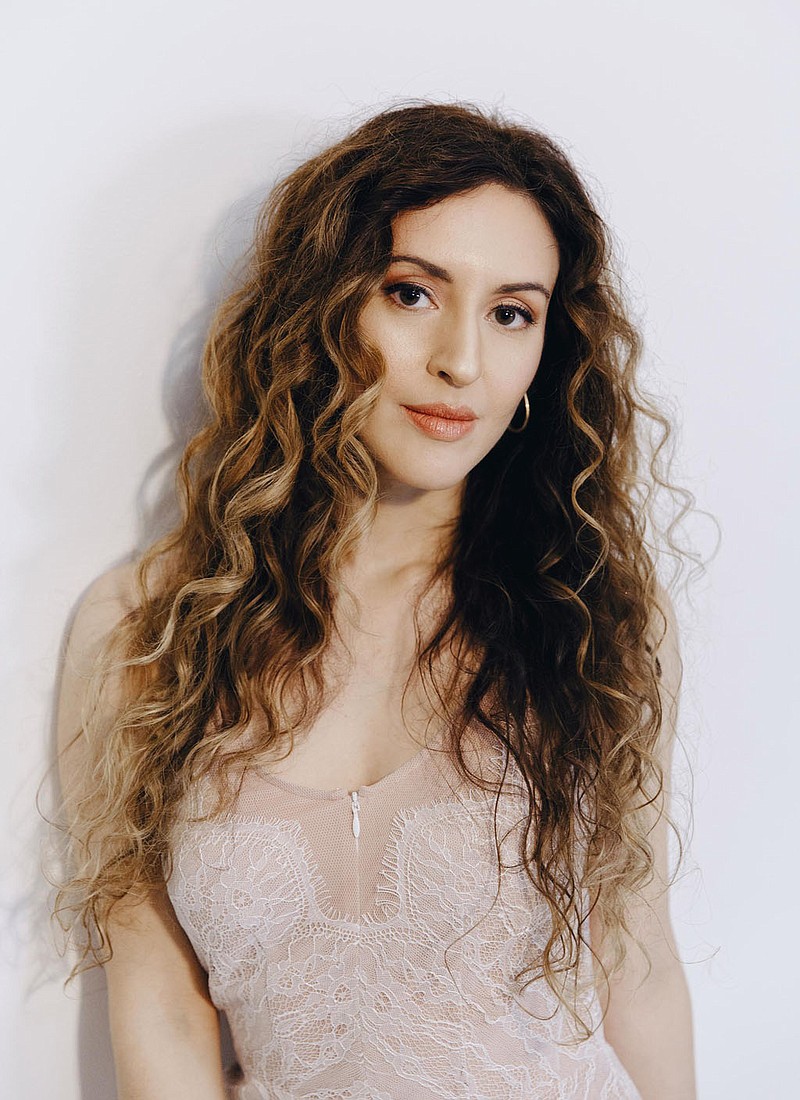"One of our challenges in the classical music world is the actual term 'classical' itself," says John Jeter, music director of the Fort Smith Symphony. "It tends to get used for the more serious concert music programs, [when] really classical music means music in the era of Haydn, Mozart and Beethoven and doesn't really apply after that. But the term has stuck."
So using the description "our classics concert" for the symphony's "What a Rush!" performance March 4 is absolutely appropriate, Jeter says, when the three pieces being performed are classics of the modern era by three "terrific" American composers.
"Cristina Spinei's piece is wonderful; the saxophone concerto by Ken Fuchs is absolutely beautiful and very cool -- it's very romantic and lush but then goes full tilt jazz band in the second movement -- and Howard Hanson's Symphony No. 2 was written in 1930 as his answer, sort of, against a lot of modern music at the time," Jeter says. "He wrote this throwback romantic symphony to celebrate that style of music. It's absolutely beautiful."
Spinei, who lives in Nashville, Tenn., has been a valuable resource for Jeter and the orchestra.
"Playing music by living composers is absolutely essential," Jeter says. "It's what we do for a good part of our work in all other genres of music, and in the orchestra world, that shouldn't be an exception. It's so terrific to just call someone or send them an email and say, 'Hey, what are you doing here? What do you want here?' and get an answer. It takes the guesswork out of musical interpretation."
Spinei (pronounced spin-AY) has written for numerous orchestras and chamber ensembles, but she is best known for her work with ballet, having been commissioned by Nashville Ballet, the New York Choreographic Institute, the Pacific Northwest Ballet, and many more. Growing up with dreams of becoming a ballerina, Spinei channeled her love for dance into a devotion to musical movement, resulting in a style infused with "lyricism and rhythmic vitality," according to Nashville Scene.
"I always want there to be some kind of movement through the music in the audience," she says, "whether you're tapping your foot, or nodding your head, or swaying -- something."
Spinei's "Whirl" was written during "a particularly blustery spring in Nashville," she explains. "We had multiple tornado and flood warnings in one week, and I think the weather subconsciously worked its way into my music."
"Whirl," she says, was originally composed for Async Art -- "a platform that makes it possible for music to be listened to and collected in layers."
"There's a hidden structure in 'Whirl,'" she adds, and "all of the individual parts can also work as solos or interchangeable duets and trios."
Spinei, who as a child listened to "an eclectic mix of music" in a suburb of New York City, says despite her love for dance, she "kind of always knew that I was going to be a composer." She started playing piano at age 9, studied with Roger Nierenberg, who was the conductor of the Stamford (Conn.) Symphony Orchestra, and soon auditioned for Juilliard's Pre-College Division.
"In my junior and senior years of high school, I studied composition, music theory, ear training, piano, conducting and orchestration at Juilliard every Saturday," she says. "It was an incredible education that brought everything I had been learning to life.
"I hope that 'Whirl' moves people in some way, either emotionally or physically," she says. "The highest compliment I can receive as a composer is if audience members groove along to my music! I also hope that the music is catchy enough for people to leave the hall humming."
"The overall vibe is experiencing three examples of the wonderful abundance of American concert music," concludes Jeter.
FAQ
Fort Smith Symphony:
'What A Rush!'
WHEN -- 7 p.m. March 4
WHERE -- ArcBest Performing Arts Center in Fort Smith
COST -- $25-$45
INFO -- fortsmithsymphony.org

